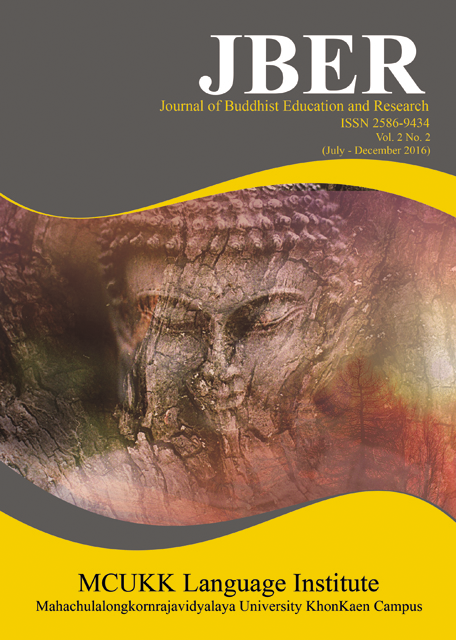The Philosophical Trends in Buddhism
Keywords:
Noble truths, Enlightenment, NirvanaAbstract
In this paper a study has been made to bring to light the philosophical truths found in Buddhism, an atheistic religion in the world. Originally, the Buddha was a social reformer and an ethical teacher. He refused to answer to the metaphysical queries, but preserved silence to all intellectual inquiries, since they would never serve the purpose in alleviating the afflictions of mankind. His primary concern was to remove the sufferings of mankind and his ultimate concern was to make man absolutely free from any kind of painful existence, which experience is known as the state of nirvana. Buddha was considered as the first analytic thinker in the philosophical circle since he analysed the cause for suffering carefully and systematically without any conscious philosophical activity. In the absence of an absolute being called God and a permanent substance called soul the Buddha was successful in establishing a religion without metaphysical speculations. However, in his approach in analysing the cause for suffering through twelve links, he gave room for certain unique philosophical ideologies such as the theory of momentariness (ksanikavada), theory of no soul (nairatmyavada), law of karma, the famous middle path etc.
All his preaching have been edited and codified as Pitaka works. After his departure from this mortal coil as an immortal and enlightened person, his profound wisdom withstood the test of time and the socio-political climates. Especially his final utterance viz. ‘be a light unto yourself and work out your salvation diligently’ provoked the thinking of the wisdom seekers and opened the floodgates of rational skills amonghis followers. That statement was interpreted in a two-fold way particularly the term ‘your’ was interpreted as ‘my-self alone’ and the entire ‘humanity’. Based on this division emerged two broader philosophical sections known as Mahayana and Hinayana. Under these two sections four major philosophical schools were developed, two to each section, known as Madhyamika, Yogacara, Sautrantika and Vaibhasika. Though each school vary in their philosophical standpoint and criticise the other schools from logical perspective before establishing their Truths, each school relied firmly on the original teachings of the Master as the real source materials, of course with a manifold interpretations. Thus the true teachings of the Master resulted in multifarious truths both implicitly and explicitly.
The net result of these doctrinal expositions of scholars resulted in the organisation of several conferences dealing with clinching arguments, worthwhile debates and powerful discussions and Buddhism as a religious philosophy. Buddha was made as a God of worship who would grant solace to the earthly tormented souls, five different subjective qualities known as the skandhas were substituted for the soul, several monasteries were constructed all over the globe to preserve, promote, protect and patronize the ideals and practices of Buddhism. In the academic world also this school of thought was included in the curriculum to infuse the vision and mission of Buddhism.





